IVF Laboratory
The IVF laboratory is the “heart” of the clinic. Here, eggs, sperm, and the resulting embryos must be given the best possible environment and care during a critical period of development—a process our embryologists monitor with the utmost attention. Quality in our work is therefore our constant guiding principle. Experience and precision are essential to achieving the best possible results in this specialized laboratory.
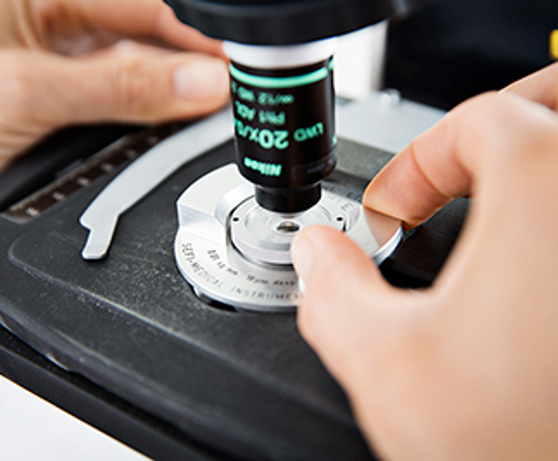
Hormone analysis
Our laboratories analyze hormones as part of the investigation of the woman's and man's hormonal balance. Hormone analyses can also be used to monitor assisted reproduction treatment.
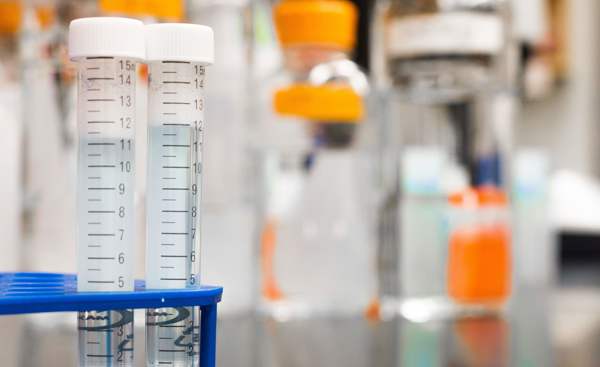
Sperm sample
On the day of egg retrieval, the man is asked to provide a semen sample. The embryologist first analyzes the sample under a microscope to assess the number and motility of the sperm.
The semen sample is prepared, which means that the sample is transferred to a tube with a gradient. Centrifuging the tube separates the best sperm. Normal sperm with good motility pass the gradient better than the others. The embryologist re-evaluates the prepared sperm and suggests a fertilization method (standard IVF or ICSI).
Sperm cryopreservation
Sometimes there is a reason to cryopreserve sperm prior to or in connection with IVF treatment. Sperm surgically removed from the epididymis or testicles can also be frozen.
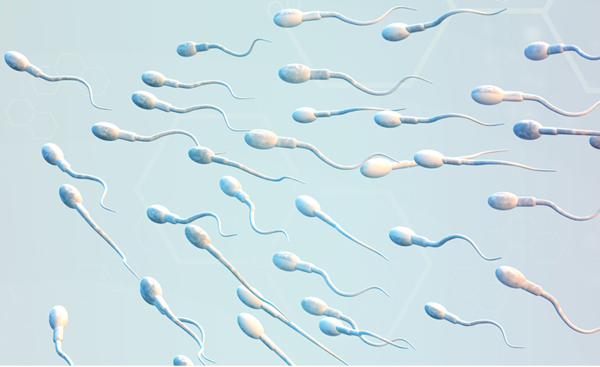
Egg collection / Ovum pick-up
When the eggs are mature, it is time for egg retrieval. Using ultrasound through the vagina, the doctor sees the fluid-filled sacs in the ovaries. With a thin needle connected to the ultrasound wand, the fluid from the sacs is sucked out and collected in tubes that the embryologist takes care of.
The eggs are found under a microscope and rinsed clean of blood and fluid with nutrient solution. During egg retrieval, the patient can follow the embryologist's work through the microscope on a TV screen. All the eggs are collected and stored in a warming cabinet before being combined with the sperm.
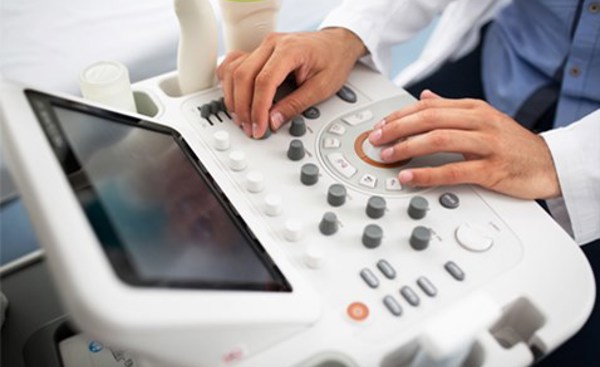
Freezing methods
There are two different methods for fertilizing eggs during IVF treatment. If the man has a good number of sperm with good mobility, standard IVF is performed where the sperm fertilize the eggs on their own. If the sperm quality is reduced, microinjection is performed, i.e. the sperm is introduced into the egg with a needle.
Standard IVF
The eggs are placed in a dish together with the sperm. The dish is stored overnight in a warming cabinet. The sperm should enter the egg on their own.
Microinjection (ICSI)
ICSI is an abbreviation for “intracytoplasmic sperm injection” and means that the sperm is introduced directly into the egg with a thin needle. The egg must be prepared before ICSI can be performed. The nutrient cells around the egg are removed by adding an enzyme.
ICSI is performed in a microscope that is equipped with holders for thin pipettes, one to hold the egg and one to inject with. To be able to perform the small movements required, the pipettes are controlled with joysticks. After the injection, the eggs are transferred to drops of nutrient solution and stored in a warming cabinet.

Embryo selection
A normal fertilization usually occurs on the same day as the insemination/injection of sperm. The pronuclei form relatively quickly and can be confirmed the following morning. Later that day, the pronuclei fuse and the first cell division occurs. During the following days, the embryo continues to divide.
Two days after egg retrieval, the embryo has usually divided into between two and six cells and on the third day, six to ten cells.
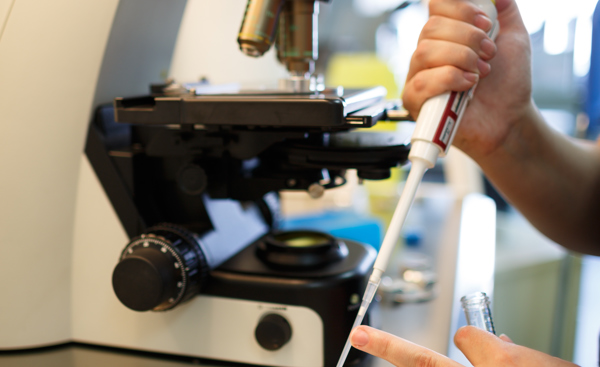
Blastocyst culturing
After five to six days of culture, the embryo should have reached the blastocyst stage and contain 150-200 cells. The embryo, which is then called a blastocyst, has increased in size and the cells have divided into an inner cell mass (later fetal cells) and trophectoderm cells (later placenta). The eggshell has also changed in appearance and become thinner.
Before the blastocyst attaches to the uterine lining, a hole forms in the eggshell and the blastocyst hatches from its shell. If the treatment produces five or more fertilized eggs, we usually choose to culture all of them further. The embryos that develop into blastocysts provide an increased chance of pregnancy.
Blastocyst culture is also called long-term culture.

Storage of embryos
In many treatments, several embryos of good quality develop. Excess embryos can be frozen and used in future treatments. According to Swedish law, embryos may be frozen for a maximum of 10 years from the day they are frozen.
There are two different freezing techniques. One is based on embryos being slowly cooled in a controlled manner, known as slow freezing. The other method is based on lightning-fast cooling and is called vitrification. We only use vitrification, as it provides the best survival for both blastocysts and unfertilized eggs.
Regardless of the method, the embryos are stored in tanks containing liquid nitrogen (-196 °C).
Vitrification (eggs and blastocysts)
Long-term cultured embryos and unfertilized eggs are frozen using a technique called vitrification. It is a relatively new method that Livio – Fertility Center Gothenburg, as the first clinic in Sweden, has been using since 2005 (blastocysts) and 2011 (unfertilized eggs), respectively.
In vitrification, the blastocyst is prepared by making a small hole in the eggshell with the help of a laser so that the cells can be more easily protected during rapid freezing.
The blastocyst is protected through a process called “vitrification”. It begins with the blastocyst being placed in a viscous solution and placed in a cavity on a spatula which is then inserted into a small straw and placed in liquid nitrogen. The whole process takes about a minute. The eggs are treated in a similar way, but with some important differences in the method.

Environment in the laboratory
Embryos and sperm are stored and cultured in incubators where pH, humidity, oxygen content and temperature are designed to mimic the body's own conditions. The incubators are regularly checked and documented in our quality system. All work with embryos and sperm takes place on hot plates in a sterile bench.
To achieve a clean environment, we have a special ventilation system and airlocks in the laboratory.

Research and development
With ongoing development and research work, we want to be at the absolute forefront of our methods. In combination with experienced and well-trained staff, this gives us good opportunities to help our couples achieve their long-awaited pregnancy.
Having a series of development projects in the laboratory at all times is just as important as large research projects. Vitrification of blastocysts and egg cells is an example of such work that has led to improved results for our couples.
Other projects include our Time-lapse study and a study in which we test a new culture medium containing antioxidants.
We also plan to develop our expertise in new and exciting genetic analyses that are now available.

